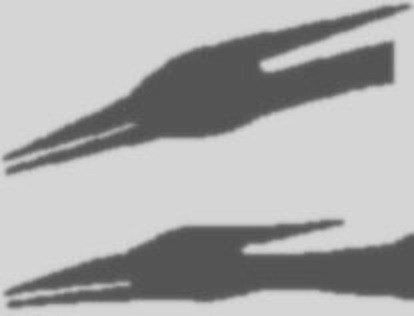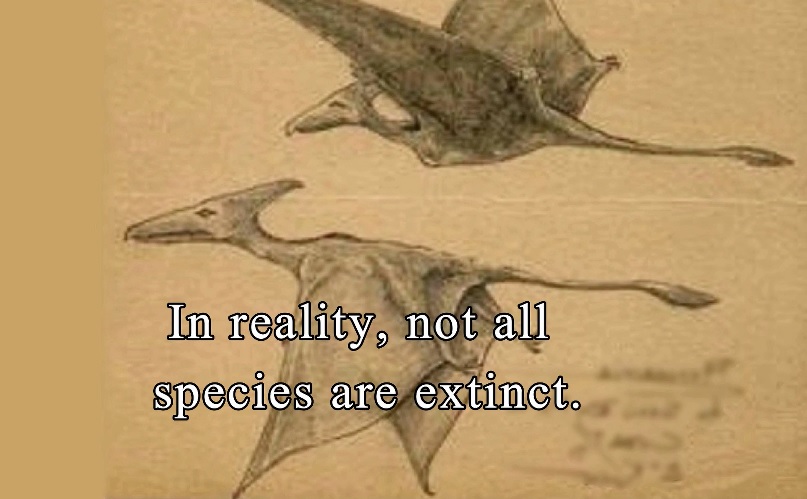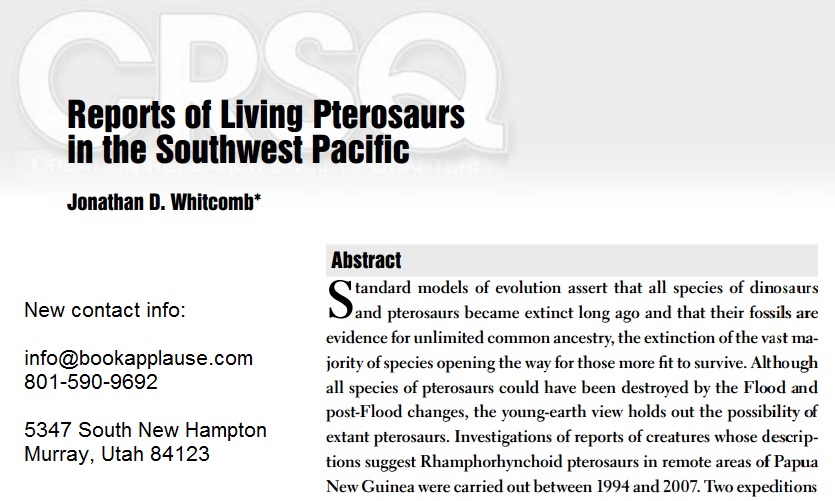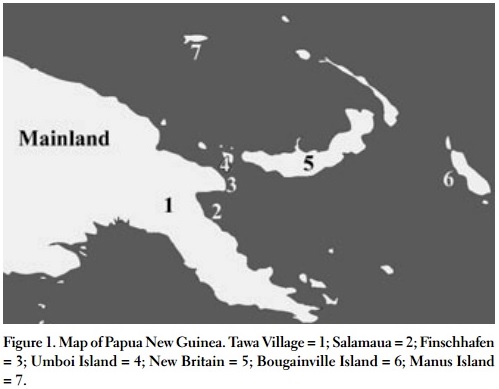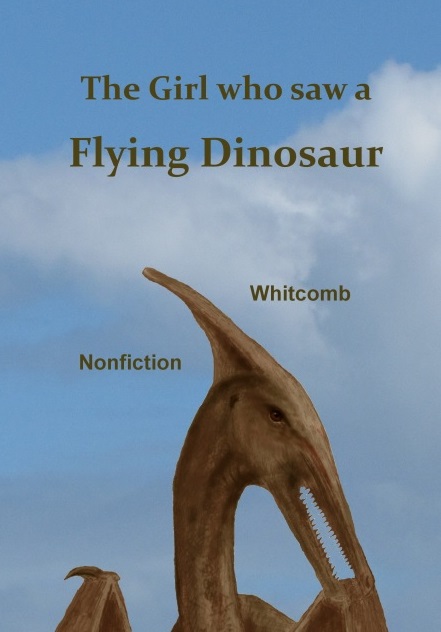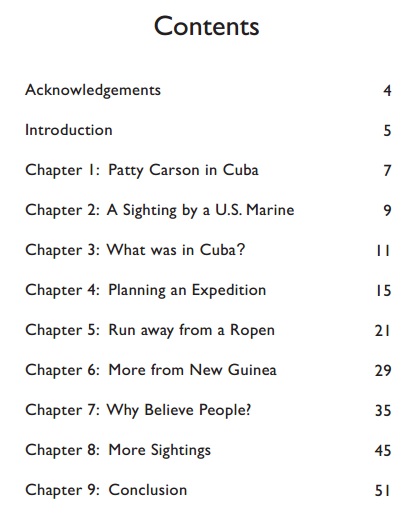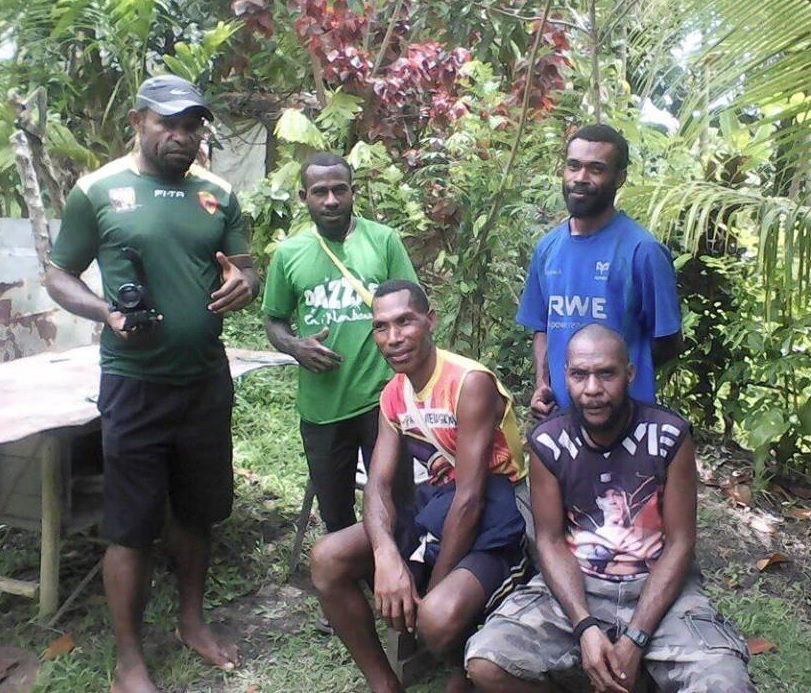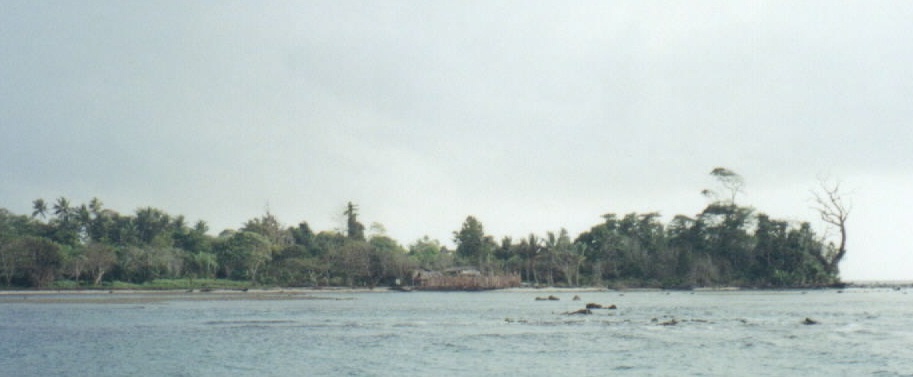By Jonathan Whitcomb
The following videos, on the Youtube channel “Protect Animal Life”, are some of the more recent ones on eyewitness reports on these flying creatures, many of which live in North America:
.
New Pterodactyl Sighting Report From Colorado (girl on horseback)
The huge flying creature flew by them, close to the ground, fortunately seeming to ignore the horse and rider; perhaps it was hunting different prey (after all, some humans on horseback have guns but wild animals on the plains and domestic cattle can be safer prey for an apparent modern pterodactyl).
.
.
https://youtu.be/eIkWOhIMFV0
Pterodactyl Sightings NOT Birds Misidentified
Can someone see a common bird and think it was a pterodactyl? Yes, and that does happen but not as often as some critics proclaim or insinuate. Comparatively few living-pterosaur reports come from a misidentification of a feathered bird. That becomes more obvious when we consider biologists who declare that they have seen live pterosaurs.
.
.
https://youtu.be/Xt2ugbYlfOo
Ropens – Long Tail – Pterodactyl in Ohio
Modern-pterosaur researchers and searchers are hoping for more eyewitness testimonies of live pterodactyls, so what is to be done? Some eyewitnesses of these flying creatures keep searching the sky for a second encounter, and sometimes it pays off.
It certainly did for a biologist in Ohio, who had a second sighting of a non-extinct pterosaur. This time his wife was with him. With both encounters, this biologist was sure that what they encountered was not any kind of bird but a living pterosaur, what many persons would call a “pterodactyl”.
.
.
Pterodactyls in North Carolina – ROPEN sightings
Flying dinosaurs in the capital city of North Carolina? ALIVE!? Yes, and many persons in Raleigh have seen these large flying creatures, including the eyewitness Cynthia Lee, a veterinary technician. Now we have video evidence from the cell phone of this young lady.
Cynthia Lee had just gotten onto the city bus in Raleigh, North Carolina, when she began videotaping two apparent pterodactyls with her cell phone. Unfortunately, the two flying creatures were going in the opposite direction from which the bus was, making it almost impossible to get any reasonable video footage of the two apparent ropens.
Still, in 2021, this footage was stabilized and magnified, giving us a glimpse of these fascinating flying creatures.
.
###
.
New Youtube Videos on Living Pterosaurs
In the first four weeks of March, 2020, I uploaded to Youtube five videos about modern pterosaurs (a.k..a. “pterodactyls”) . . .
.
Ropen or Pterodactyl Sightings in Videos
The following are just a few of the hundreds of Youtube videos, on the channel “Protect Animal Life”, about modern living pterosaurs . . .
.
[in the words of Jonathan Whitcomb] Of all the sighting reports, of apparent living pterosaurs, that I have received since the year 2003, the great majority have been from the eyewitnesses themselves. Most of those reports have been emails from the persons who encountered those flying creatures and found me from my online publications. A significant minority of those persons I have been able to interview face to face and others through phone conversations.
.
Ropen Sighting in Ohio in Late 2016
Last month I got an email from a man who lives in Gahanna, Ohio, a suburb of Columbus. He and his teenaged son were driving near their home at 6:45 p.m. on December 19, 2016, when a large creature flew over their car, giving them a quick but close view. It had a wingspan greater than the width of their car.
.
For generations, Americans and other people in Western nations have been indoctrinated into believing that all species of certain basic types of living things became extinct millions of years ago, the two most notable types being dinosaurs and pterosaurs.
This idea of universal extinction for those two types has become so taken for granted that any person insinuating that one of their species might still be alive may be taken as either insane or as a fanatic deserving no attention.
For generations, however, in various areas of the planet, eyewitnesses have reported living pterosaurs . . .
.
The eyewitness said, “I was horseback riding when suddenly my horse stopped dead in her tracks then began to tremble violently . . . I saw it. This thing was huge . . . [sighting in the state of Colorado]
.



